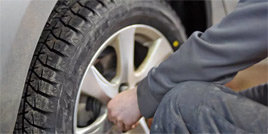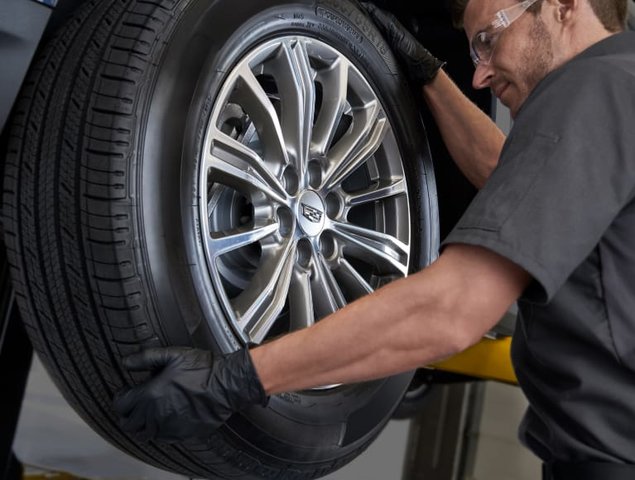The number of drivers using dedicated winter tires for their rides through our somewhat unpredictable winters continues to climb. According to a recent report by Leger for the Tire and Rubber Association of Canada, every province in Canada has risen by about 10 per cent since 2014, with Atlantic Canadians running at 81 per cent usage and Ontario drivers at 65 per cent. It’s also the law to have them for winter in Quebec.
As such, a lot of consumers are opting for dressier alloy wheels for their ‘winter boots.’ While appearance is certainly a factor as more drivers shun plain steel wheels, alloy wheels can also improve suspension and steering performance by reducing the amount of driveline weight outside the springs and control arms, known as unsprung weight. More and more players in the alloy wheel market with larger varieties of wheels have put competitive price pressures on products, bringing them into the budget range of more and more consumers. But, as with almost anything else in an active retail field, there are risks to avoid and ways to ensure value for money.
For many shoppers, the source for their alloy winter rim purchase is usually their tire retailer. Yes, many car dealerships are offering winter tire and rim packages with new and used vehicle deals, but almost all of these are steel wheel affairs. Aftermarket alloys come in a wide variety of qualities as well as styles, and you need to ask a few questions when consulting with your retailer.
First, only a small percentage of aftermarket alloy rims will actually provide a direct fit onto a specific make and model. They will have the correct wheel bolt pattern and offset, the placement of the rim’s bolt plate in relation to the outer ring, but very few offer the correct hub-centre hole dimensions, leading to the need for centering rings. These little devices are made of durable, industrial strength plastic, and make up the gap between the wheel mounting surface on the vehicle’s hubs and the inner center rim hole on the wheel. These small metal flanges support the weight of the vehicle on the wheel.
Having to use centering rings shouldn’t be deal breaker, as they’re proven to work well and they’re relatively inexpensive, averaging less than $20 per set of 4. You should always consider a spare set as they can break when not handled or installed properly, and sometimes end up getting lost with seasonal tire and wheel storage. Many aftermarket alloys also require the use of specialized wheel nuts, so having a storage plan for these in mind is important. You should also verify that your existing wheel wrench kit will fit these wheel nuts, which often come with an anti-theft key adapter socket.
Another consideration involves tire pressure sensors. More and more consumers are opting to use these sensors in winter tire packages to maintain a factory safety feature, which can be especially important in winter as colder temperatures increase the amount of air pressure loss. Not every type of tire pressure sensor will fit on every alloy rim, though. Sensors with a metal valve stem tube often fail to seal properly in aftermarket alloys. Fortunately for most makes and models on the road today, there are a variety of choices that will provide a proper seal and work correctly with the vehicle’s monitoring system, averaging around $65 each.
One feature that some alloys may require is a spacer plate to provide either the correct bolt pattern or centering ring size, or both. These should be avoided like the plague. They have a bad enough reliability and safety history that the province of Ontario banned them last year through amendments to the Motor Vehicle Act.
Also ask about any alloy wheel’s painted or polished finish and what warranty against pitting or peeling is offered by the manufacturer. If they can’t stand up to a few Canadian winters without looking shabby, they may not be of much value, no matter how low the price.









